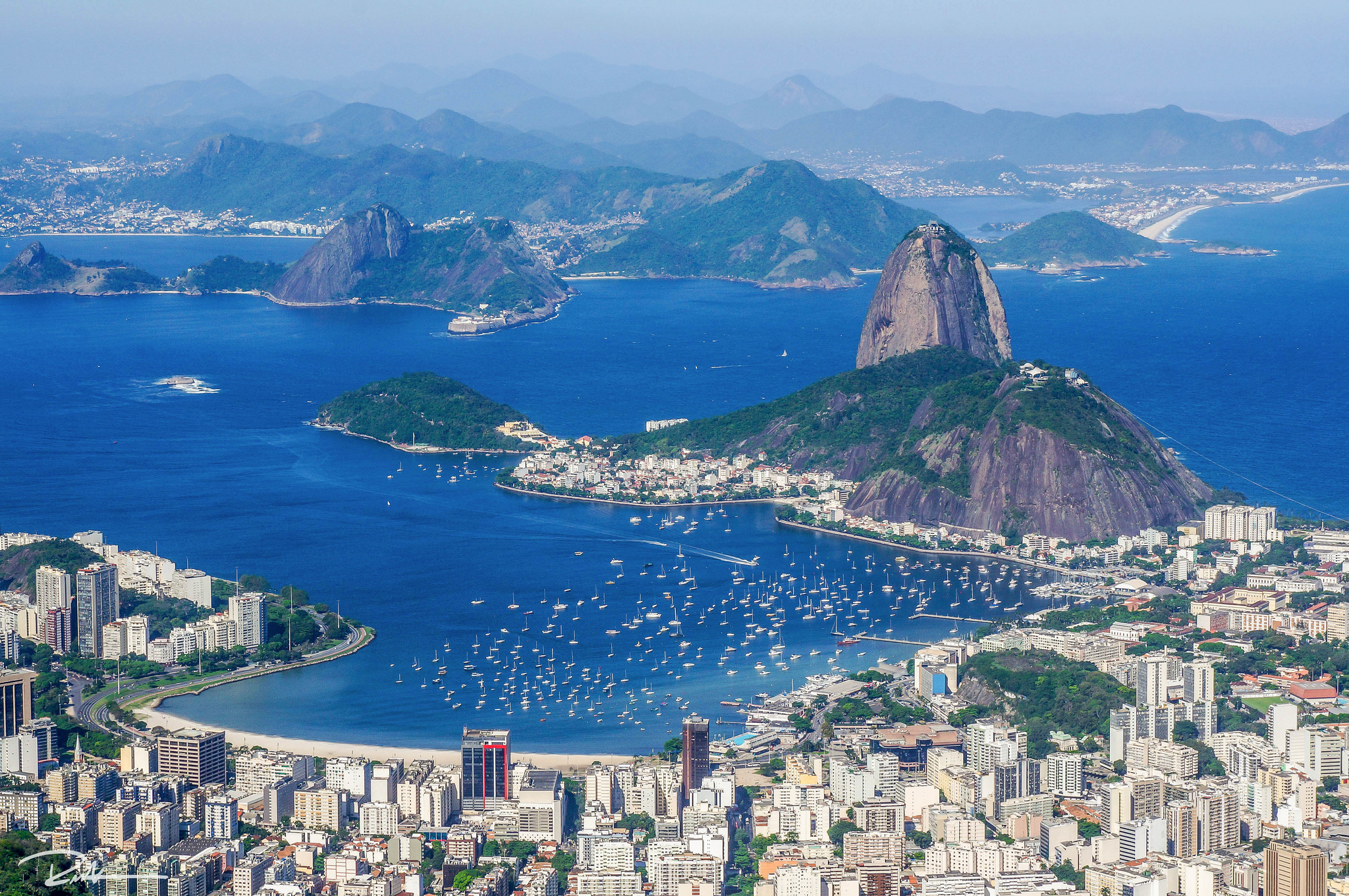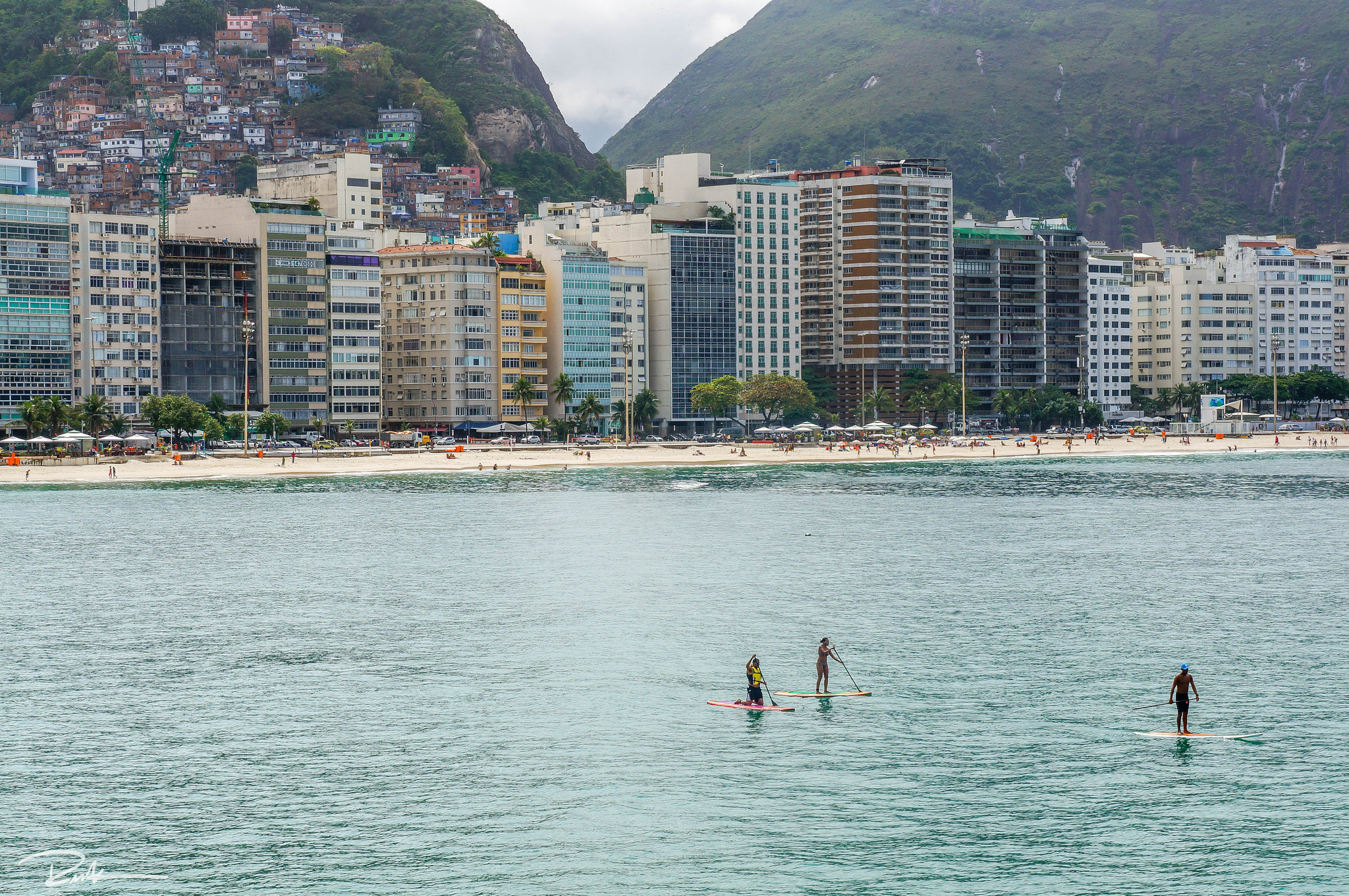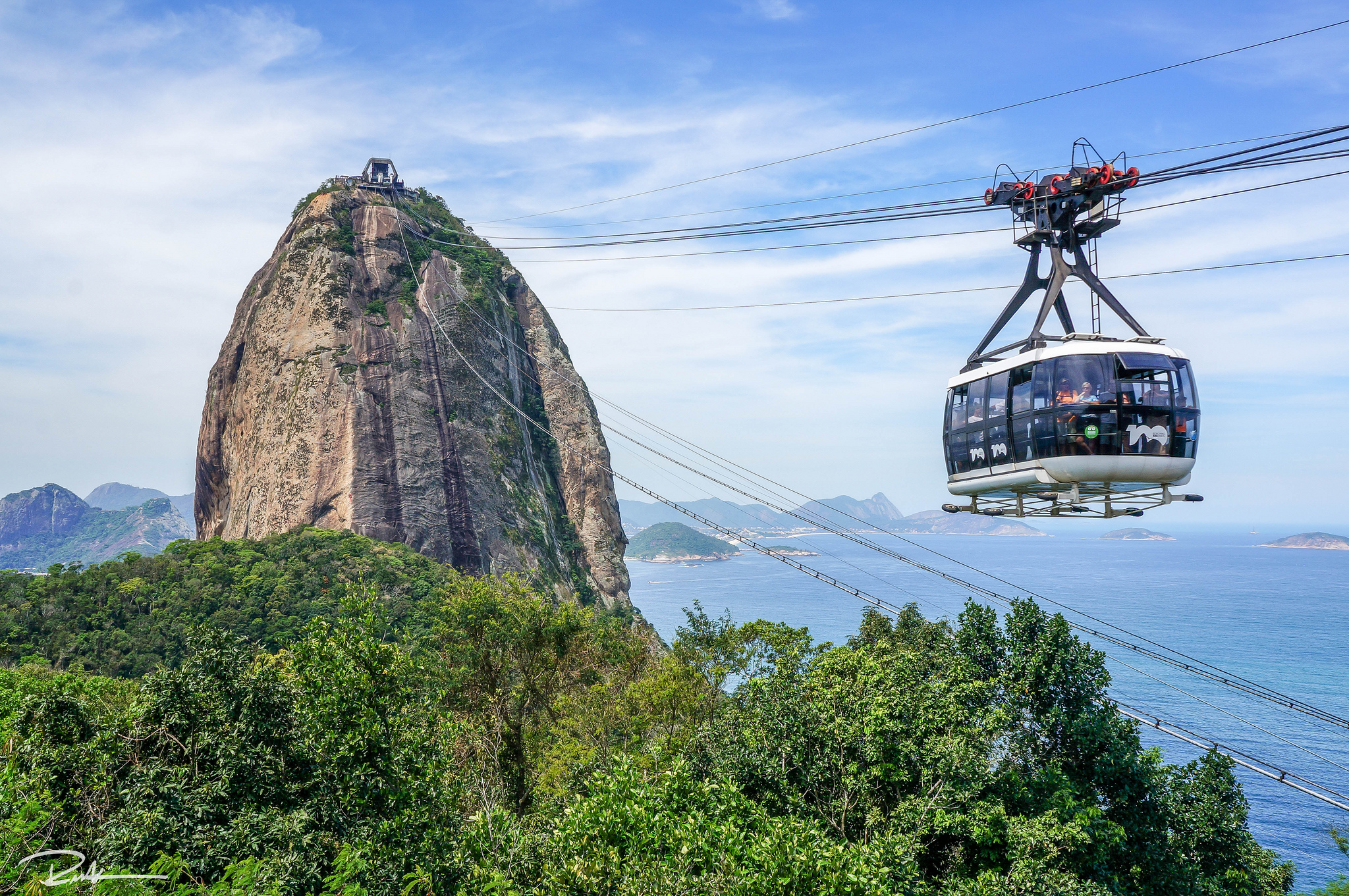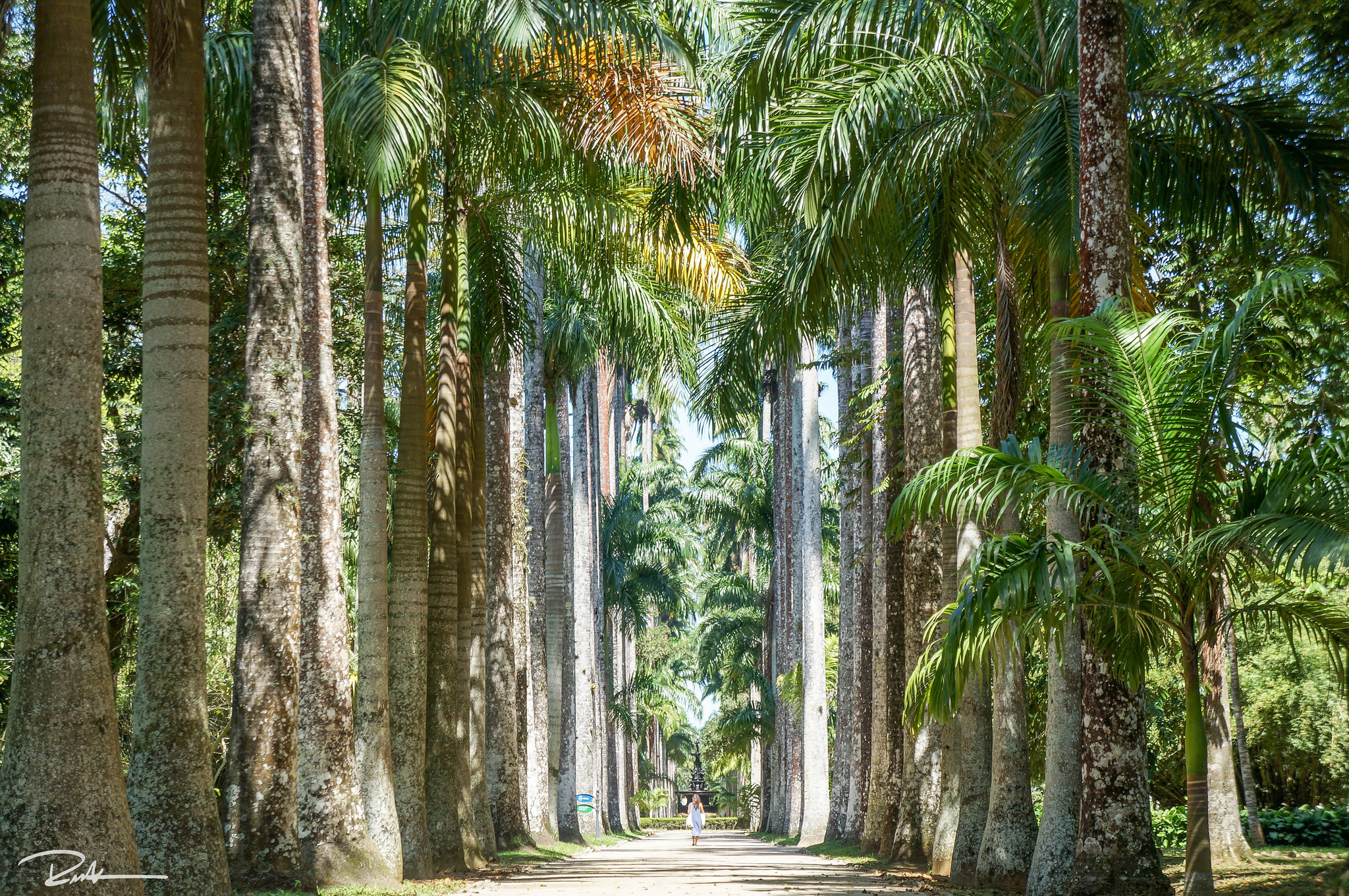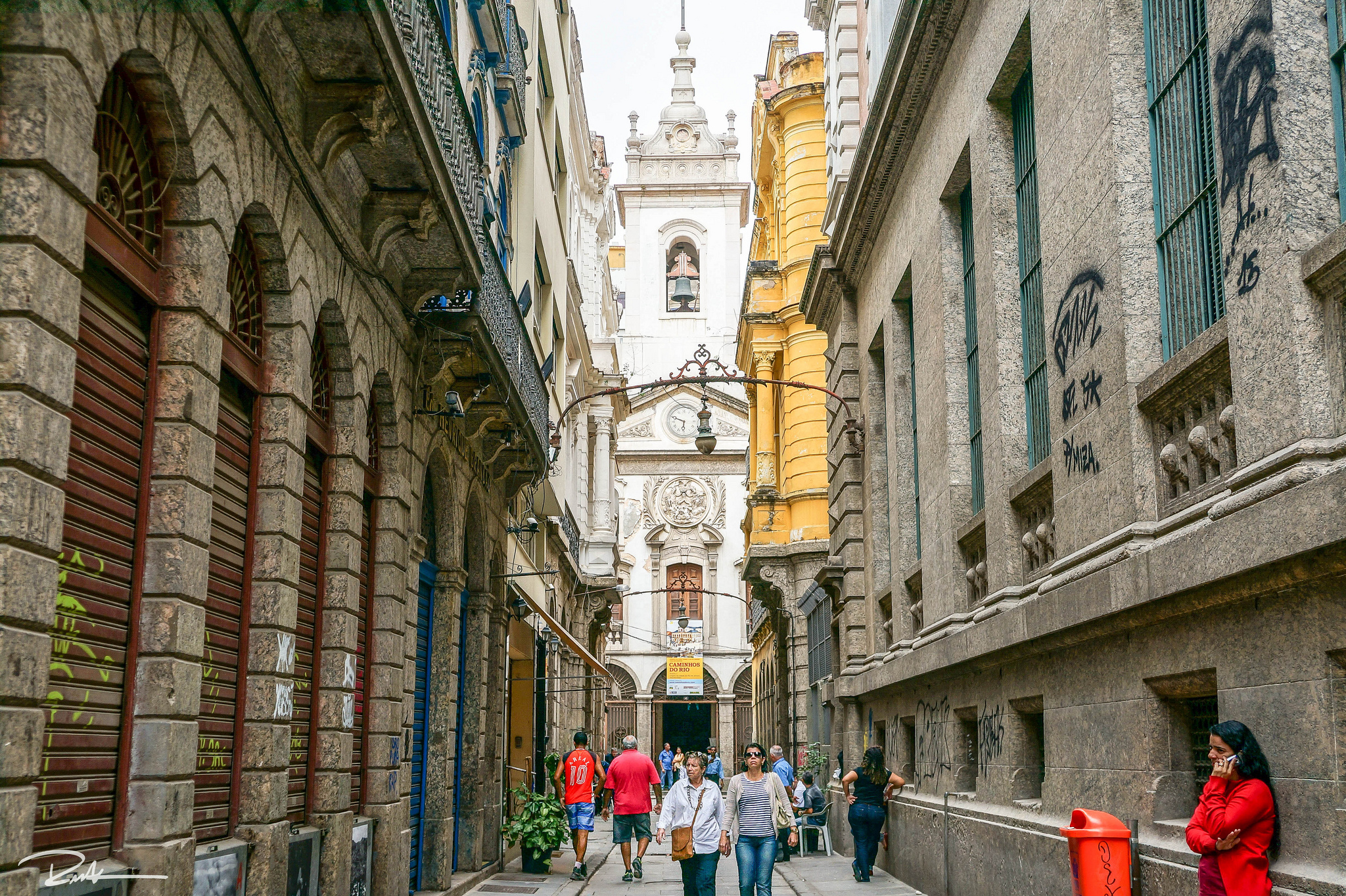Rio de Janeiro from a Local: Districts, Sights, Tips and Restaurants - Part I
/I am originally from Rio de Janeiro and while back home visiting my family, I decided to become a tourist in my own city and go check out some of Rio’s distinct neighborhoods and tourist spots. I must confess that even though I grew up close to the heart of town, some of the places I went on this trip where actually my first time visiting!
Becoming a tourist made me enjoy Rio in a whole differently light from my previous travels, as I took time to appreciate its delicious food, fascinating history and spectacular natural beauty.
Rio by Bairros (Neighborhoods)
I saw as much as I could… and took my husband all-over-the-place! That is why the best way I found to write this post is by organizing the spots we visited by Bairros.
Rio becomes really easy to explore as you start to get closer to the center of town. It grows quite dense where some of its neighborhoods are a step away from each other and even seem to overlap.
We did not have time to see all each individual area has to offer and some neighborhoods really have a lot to offer! Even though some districts are nearby one another, it may take a few days to really enjoy them all.
Tip: We walked a lot in Rio - everyone does - but using taxis are the best way to get from one spot to the other. Public transportation is abundant in the city, but if you want to really defeat the crazy traffic and make good timing, cabbies are the way to go.
Bairros: Lagoa – Ipanema – Leblon
Featuring more than 8000 plant species, located within 137 acres of stunning woodlands in the heart of busy Rio is one of my favorite spots in town: O Jardim Botânico (The Botanical Gardens).
This is a must go sight as the greenhouse is the most famous garden in the whole city and a perfect place to enjoy Rio’s natural beauty.
Located just a few miles by car from the Botanical Gardens is another must for those who enjoy exploring green areas. Parque Lage lies at the base of the native Atlantic rainforest called Floresta da Tijuca and because of that, monkeys and toucans will be an easy sight!
I have always driven past this park when I lived in Rio but never had the chance to visit until now. The area is absolutely stunning, lined with several ancient sky-high palm trees that surround a large mansion at its center.
The beaches of Ipanema and Leblon are both part of one long stretch on white sand beach as both neighborhoods connect to each other.
Leblon is one of Rio’s most exclusive neighborhoods to live, while Ipanema - not too far behind - has one of the most famous beaches in the world.
Tip: Even though the area can be quite busy with beachgoers on weekends, if you are in Ipanema on a Sunday, go enjoy the Feira Hippie. Located just a block from the beach, in General Osório Square, the large fair/market sells everything from knick-knacks, paintings to clothing and delicious traditional food.
Bairros: Copacabana – Leme
Right next door to Ipanema is Copacabana, Rio’s celebrated and densely populated neighborhood, known by most of the world for its stunning and expansive, 3 miles-long beach.
The surrounding beachfront walkway, known for its iconic decorated granite slabs, has been updated since my last time back home with remodeled kiosks for eating, drinking and enjoying the gorgeous waterfront views.
Tip: One thing that most locals do when they go to the beach is to drink our coconut water! Hop to any of the kiosks along the beach and get refreshed by this deliciously sweet water!
Stop at these spots as you explore the beach:
Forte de Copacabana: Built in 1914 as one of Rio’s chief defenses against attack, this large fort has become one of my favorite spots to go while in town. Its prime location, extending away from the beachfront into the ocean, provides all-encompassing views of Copacabana as well as other parts of the city.
The fort, even though still inhabited by military personal, has also been updated for visitors housing restaurants and cafes with sitting area to enjoy a relaxing lunch alongside wonderful views.
Forte do Duque de Caxias (Forte do Leme): Located in the calmer, residential neighborhood of Leme, this working military base is open to the public who are willing to climb to the top of Morro do Leme (Leme Mountain) to see its 18th century fort.
Differently from the other fort, this one looks somewhat abandoned, but the magnificent views of the Sugarloaf Mountain and nearby islands make up for it!
The climb to Forte do Leme is another highlight as it goes through the Atlantic Forest and you can catch a glimpse of the city’s native fauna along the away.
Special Mention – Must Go Tourist Spot
Pão de Açúcar (Sugarloaf Mountain) is one of Rio’s most important tourist spots and a postcard of the city. Visitors take two cable cars (bondinhos) that climb up to the mountain’s 400 meter-high summit.
Be prepared for crowds, especially on weekends, but the views you will get from both climbing-up and stepping-off the bondinhos are anything but breathtaking!
KEEP IN MIND
The Wrap-Up: As a local, I always tell anyone who wants to go to my hometown to do their research before they set-off: When they want to go? (It gets really hot in the summer!), trip costs (conversion rates favors foreigners but hotels can be quite pricey), security (what are the safest areas and taking care of belongings) and food (most is fine, but some can be upsetting for an untrained digestive system!). Nevertheless, this former Brazilian capital offers a fascinating history, alongside a diverse architecture, culture and lifestyle. Rio’s privileged location offers spectacular natural landscapes that still wonders me every time I go back home.
The Part II: I accumulated a lot of handy information while being a tourist at home, so I decided to write two posts about the trip: Go to my Rio de Janeiro from a Local - Part II for more tips, sights, restaurants and different neighborhoods to explore!
The Restaurants in Copacabana:
Café 18 do Forte: This coffee shop/tapas restaurant is located inside Forte de Copacabana and offers a surprising selection of beers. We tried their Empada de Camarão (small oven-baked shrimp pie) and Meat Croquettes (fried meat treat) - one of the best croquettes I’ve had, cooked with traditional dry meat. Try their wonderful local beer called Jeffrey (Nina Beer) as well!
Braseiro: Small, but long- standing rotisserie chicken restaurant serving traditional side dishes such as farofa (dry yucca), rice and fries. Ask for either the coconut water or Brazil’s iconic Guaraná soda. My parents have been going to this spot for over 50 years and it is one of their favorite places to eat in Copacabana!
Rian: This traditional Copacabana restaurant, just off the beach, has been opened since 1949. We had their delicious Milanese shrimp as well as the filet Mignon with farofa and fries. Make sure to order some Shope - what we call our Brazilian tap beer - Brahma and Antarctica are some of the most well-known brands.
- Want to see the full trip and plan your next? Check out our Brazil Two Week Itinerary!


























